How to Bridge Organic with Paid to Reach Your Customers Everywhere – Wonder Twin Powers Activate
Podcast: Play in new window | Download
Subscribe Today RSS
Remember when cartoons were weird, wonderful, and insanely creative? We do, too, but that's not really what we're talking about this week.
No, we're diving into yet another hot topic in the marketing industry right now. Can you guess what it is? Hint? It has something to do with the paid side of the sandwich. Oh my, I was leading up to how to bridge organic with paid content to find the sweet spot, and now all I can think about is PB&J. Le sigh. Shall we proceed?
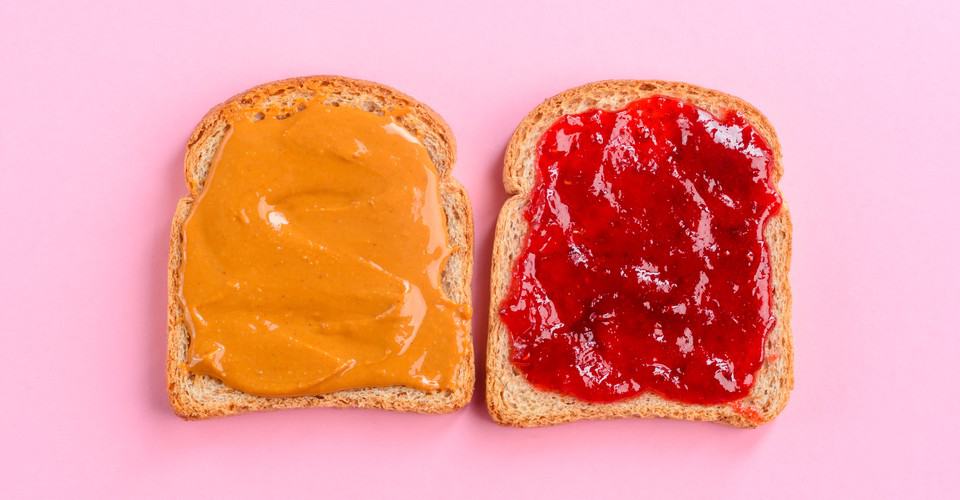
Check out the video or podcast above where Dan and the bees discuss the many options available for paid and organic marketing, and how to bring them together for awesome marketing campaign results.
Subscribe to our weekly live stream on Facebook, or take it on the go with a podcast on your choice of platforms. Keep up-to-date on news, trends, and tips in the world of digital marketing and join in on the conversation.
What's New?
Facebook drama. That's the big new headline in the paid social advertising space right now.
Major corporations, including Verizon, Unilever, Starbucks, Best Buy, Adidas, Coca-Cola, and The North Face, have pulled their ads from Facebook for the month of July, as part of the StopHateForProfit campaign.
Canadian companies Lululemon, MEC, and Arc'teryx have also joined the boycott. Scotiabank confirmed it too will pull its ads from Facebook during July, and 3 more of Canada's big banks followed suit: RBC, CIBC, and BMO.
Why You Shouldn't Boycott Facebook
Sure, there are other fish in the sea like Google, YouTube, LinkedIn, etc. if you truly feel strongly about the boycott and want to join the fight. I understand the desire to at least TRY to do something - anything, to make things better. I want a better world, too. I want to fight hate speech and help others.
But will any of this force Facebook's hand, or really accomplish anything? Let's take a look at what it WILL do.
- First off, a few brands pulling their Facebook ads for a month will have little to no bearing on Facebook's bottom line.
- Secondly, some of the companies, depending on their size, could be hurting themselves more by limiting their exposure on the social media giant's platform.
- If small and medium businesses cut their ads altogether, even for one month, this could cause a massive loss of revenue for those business owners.
- Joining the ad boycott would actually hurt the bottom line of small to medium businesses infinitely more than it would Facebook's.
It's an unfortunate truth, but there it is.
To see real, significant change with Facebook's content moderating rules and all related issues, thousands of major brands would have to pull their ad budget for a lot more than a month.
Major brands are just not going to do that when it impacts their own bottom line. Roughly 8 million companies of all sizes advertise on Facebook, and some of the biggest advertisers, including Walmart, Disney, and Procter & Gamble, have not joined the boycott.
Ultimately, you need to do what feels right for you in the end; but, before you make any quick decisions, arm yourself with as much knowledge as you can.
Here are some resources for alternative options if you'd like to dive in further:
- How to Use Alternative Ad Platforms for Your Marketing Strategy
- 5 Alternatives to Facebook, Google, and Amazon Ads
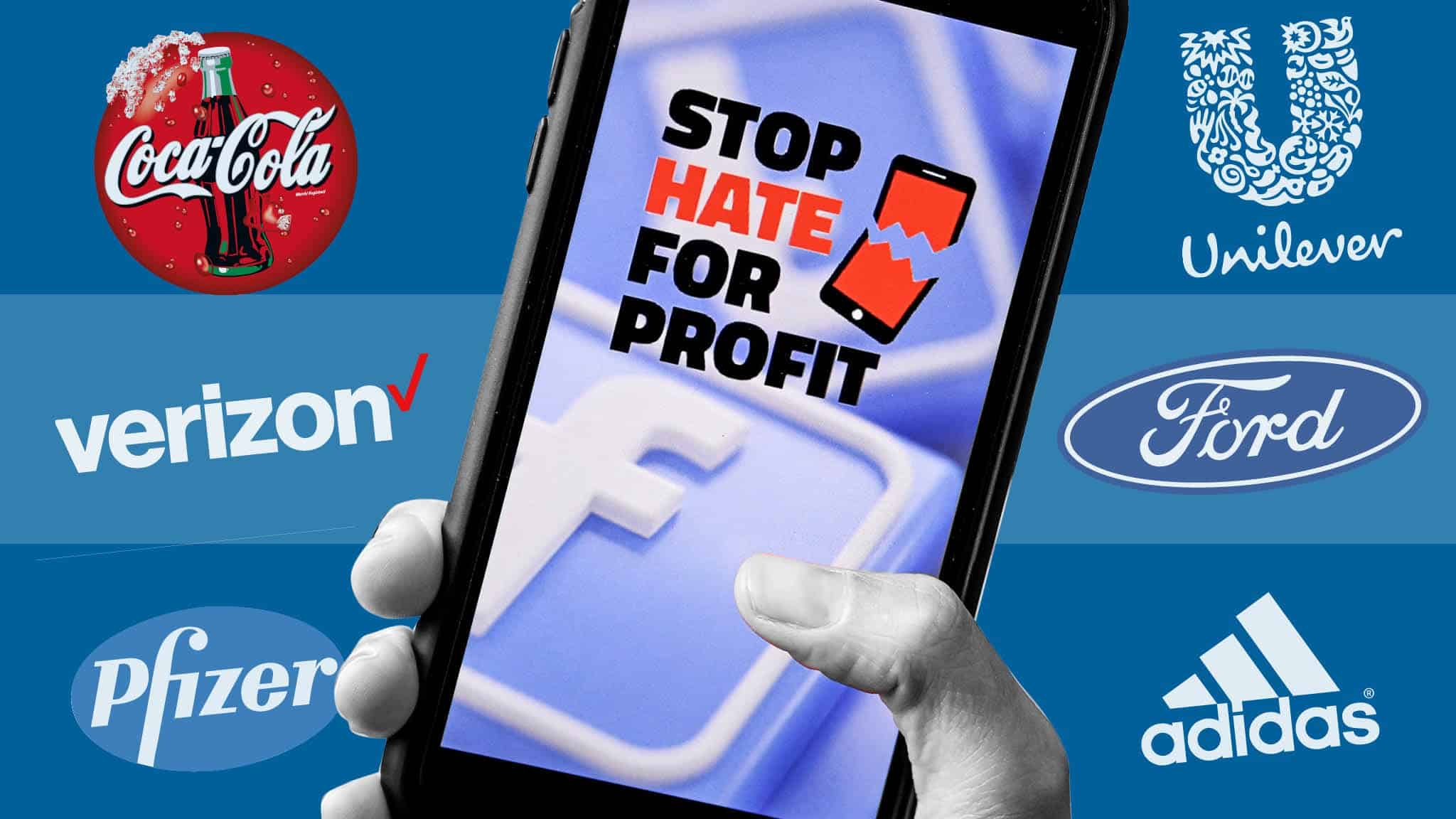
Then there's the Twitter drama
Twitter says 130 accounts were targeted in a major cyber-attack of celebrity accounts on July 15, 2020.
The security breach saw accounts including those of Barack Obama, Elon Musk, Kanye West, Kim Kardashian West, Joe Biden, Bill Gates, Apple, and Uber tweet a Bitcoin scam to millions of followers.
However, US President Donald Trump, one of the most prominent Twitter users, was unaffected.
Twitter said it was still trying to work out if private data - which could include direct messages - was stolen. The FBI is now investigating.
Google has now removed the prominent Twitter carousel of tweets from the Google search result pages.
The Twitter search carousel box is not just gone for those accounts that were hacked but gone for any Twitter account. Google has confirmed to have dropped the box completely from the search results.
A Google spokesperson has stated, “we can confirm we have temporarily removed the Twitter carousel from Search following Twitter’s security issues. Before restoring the feature we will carry out a careful review.”
If you are currently using Twitter as a Google search strategy, that might have to go on hold until Google determines what their next steps are with Twitter.
What a time to be alive.
What's Working?
Aaaaaaand, moving on to more fun and exciting topics! Organic vs Paid content!!!

Why choose just one when you can bridge the gap between both to find that sweet spot.
As long as marketers focus on adding value rather than bombarding audiences with sales pitches in every post, fans will stick around to see what’s next.
Let's dig in.
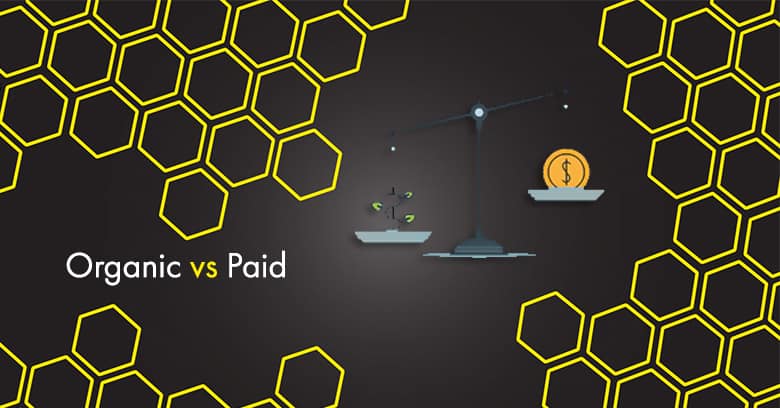
What is Organic Marketing?
Most often, when you think of organic marketing, you probably think of Facebook or Instagram posts, but it doesn't end there.
Some of the most common types of organic content include:
- Posts on social media platforms
- Search engine optimization (SEO)
- Search engine marketing (SEM)
- Writing a blog
- Your website content
Organic marketing is used to develop your brand voice, create authentic interactions with customers, educate and convert readers, and drive traffic to landing pages, your website, and other online properties.
People find your business through your site, blogs, search engines, and social media. These all work together to create an omnichannel communication online for your business.
Organic marketing tactics are natural, authentic, and value-based.
The benefits from these tactics are developed over longer periods of time, ultimately helping you build a brand that customers want to visit regularly.
Organic content is about building brand value and industry authority with your consumers. You’re not just trying to drive sales here. You’re working to engage and educate your target audiences.
Organic marketing is typically focused on things like:
- Educating customers
- Optimizing social and blog content and pages for SEO (Which can boost traffic by 571% when done right)
- Engaging in 2-way communication with your customers
- Driving authority in your niche or industry
- Using targeted inbound/outbound linking strategies
- Building a long-lasting brand
You will want to track the analytics to gauge the success of your content. All of the major social channels offer insights and stats on the performance of your posts, so remember to watch these reports closely and adjust your strategy for what is working the best.

This is an example of Facebook insights that track a wide variety of metrics.
Here are some tips for organic social media content:
- Leverage the power of video by publishing product videos to YouTube. Shorter highlights of these videos also work great on Facebook, Twitter, and Instagram.
- Link your social media accounts so you can cross-post to multiple platforms.
- Host Facebook and Instagram Live sessions, which generate more organic interactions than other social media posts.
- Host contests on social media.
- Repurpose and re-package existing content. If you post a link or blog post, repurpose that into another format to post again later.
- Reply to comments across all your social media platforms.
- Publish customer testimonials.
- Gain positive reviews on Facebook, Google, and so on.
- Comment on posts that mention your brand (and repost/republish when appropriate).
What is Paid Marketing?
Paid marketing is more about “pushing” content – mainly in the form of ads and sponsored (or boosted) content – directly to your target audiences.
64% of people surveyed say they use social media to find shopping inspiration, meaning that the majority of your audience could be receptive to your promotional messages.
There are plenty of options for paid marketing in the digital space, from advertising on social media channels to paying for ads on search engines and sites.
Paid advertising allows you to generate more traffic and reach a wider audience in a short time period, allowing you to push your business into higher visibility.
Paid advertising is available on both social media and search engines, so you’re able to target people more specifically on the same channels you use to promote organically.
The fundamental difference between organic and paid is that you wait for your post to be found through organic search results, and paid marketing pushes your content for clicks. It makes you get guaranteed results much faster and more effectively.
Paid ads will likely have a CTA that points to a product page, a specific landing page, or something that has the potential to drive financial results.
Different models of payment for paid ads include:
- PPC (pay per click)
- CPC (cost per click)
- CPM (cost per mille - 1,000 impressions)
Some different types of paid ads include:
- Display Ads
- Search Ads
- Social Media Ads
- Boosted or Sponsored posts
- Retargeting Ads
- Look-alike Audience Ads
Boosting posts on social media that are already performing well is simple and the most cost-effective route for paid marketing if you are working with a modest budget.

PPC is the most widely used, but with each model, you set your budget and decide how much you want to pay. In the most competitive spaces, you'll want to spend a bit more to rank higher.
To understand the success of your paid marketing efforts, you will want to track:
- Conversion Rates - This measures the traffic driven by ads and, of that traffic, what percentage has successfully encouraged (converted) customers into doing your desired action.
- Ad Engagement - This measures what optimizable components of an ad (image, text, call-to-action) have the highest probability of encouraging consumers to click.
- Platforms - This measures which platforms drive the most leads and the highest converting leads.
- Ad Types - This measures which ad types (boosts, retargeting, look-alike audience ads, etc.) drive the highest overall conversion rates.
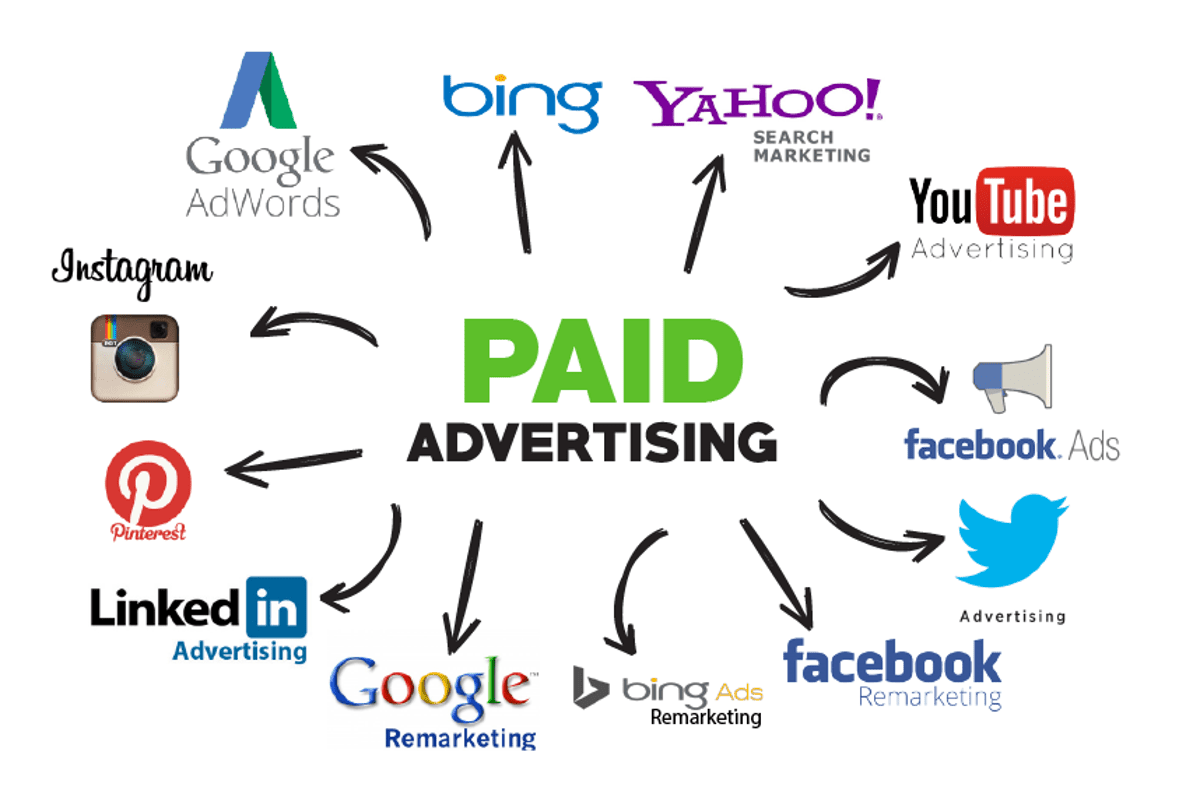
Here are some tips for paid social media content:
- Use social media ads to make your first point of contact with new customers (Facebook/Instagram ads, Pinterest ads, YouTube ads, Twitter ads, etc.).
- Work with influencers to post about your products on their feeds, and repurpose the images on your profiles.
- Create a custom Facebook audience including users who have liked or commented on your social media posts in the past, so you can retarget them.
- Set up full retargeting campaigns on Facebook/Instagram.
- Publish sponsored posts that link to informative blog posts or a customer review.
- Create landing pages that are specifically designed to convert customers, then promote those landing pages on social media.
- Use social media to retarget to customers who have abandoned their shopping carts.
Combine Organic and Paid Content Into One Integrated Multi-Channel Strategy
Managing social media for any sized brand is a BEAST, and getting it the attention it deserves can seem like a monumental task.
How can you compete with content that has a bigger budget behind it?
What path do you walk?🤔
- Go the organic route and watch your growth crawl slowly to the top.
- Go the paid route and spend money for a quick boost.
The secret here is simply that it doesn't have to be one or the other. Why not use both! With a strong content strategy and a modest boost budget, you can find that sweet spot to get the most out of your content and money.
Combining organic social with your paid social media efforts can improve brand awareness, move new customers into the funnel, and create additional touchpoints with existing ones.
It's also incredibly important to not silo your teams. If you have a PPC team and a SEO team, they need to communicate closely, as they're 2 sides of the same coin.

You can’t expect your brand to break through the noise with organic posts alone. However, as little as $1 per day in Facebook awareness ads can grow your audience by 4,000 people or more.
In many ways, organic and paid content can leverage each other's success.
For example, you could take your top-performing organic posts and boost them, or use that content to create paid ads, since it's already been proven to be effective.
Instead of wasting time and money experimenting with your paid social campaigns, experiment with organic social, email campaigns, and other no- or low-cost methods, and use the winners for paid social ads and promotions.
If a piece of content doesn’t work well in organic promotion, paid advertising probably won’t save it.
Likewise, you can determine which PPC keywords are driving high or profitable ROI, and then use those across both PPC and SEO channels to maximize visibility.
On the flip side, some keywords are likely to drive lower ROI, maybe because they have high CPCs and are therefore expensive options. These can be factored into SEO objectives in a longer-term strategy to help boost visibility naturally.
Another option is to look at keywords with high click-through-rate (CTR) and low conversion rates. These can be incorporated into your mid-funnel content marketing campaigns, and you can attempt to rank for them organically.
By running Google Shopping campaigns, you can reveal a wealth of insight into top products and search terms that drive their visibility.
Google Shopping is not based on traditionally targeting keywords; instead, Google matches keyword search intent to a product in your shopping feed.
You can dig into this data and find insights regarding which products are most visible and which terms are triggering product listings. This tells you which product pages play an important role in generating revenue and which generate most site visits.
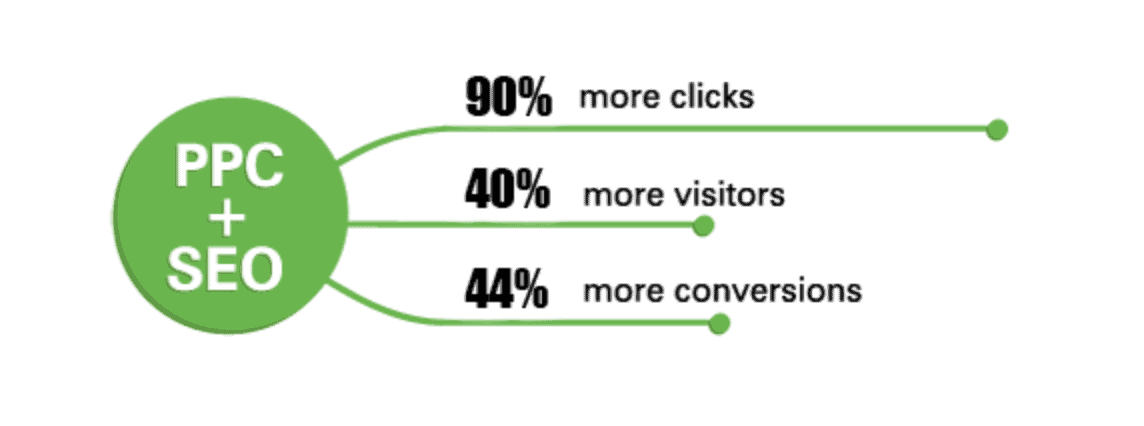
If your site has a search bar, site search data is a goldmine to find the exact phrases that people use to find your products. They will most likely also use the same language on search engines.
You can filter those high-converting keywords using this data. Once you find relevant keywords, you can bid on them in your PPC campaign and even target them in your SEO efforts.
Here are 3 steps to follow:
- Create a “keyword map” with the list of keywords that bring traffic to your website, along with your top landing pages.
- Find more keyword opportunities for these already ranking pages and map them to relevant landing pages.
- Test the new keywords by launching a PPC campaign and find the ones that perform well. Then, modify your SEO campaign to ensure that you’re targeting the keywords (or key phrase) that actually improve your conversion rate.
Alternatively, you can also consider pulling out your top PPC landing pages from reports inside Google Analytics.
You can also conduct a PPC ad test to increase the organic CTRs of your currently ranking articles.
You just need to dig into your own search analytics, inside the Google Search Console Report, to find them and launch your PPC campaign in an informed manner.
You need to find the impressions and clicks received by those keywords with the highest conversion rate:
Launch your campaign around those keywords that get the most impressions/clicks for you already. These are the keywords that your customers are using to find your products and services.
You can also adjust your PPC bids and spend higher on the high-value keywords that are driving more conversions through your SEO efforts.
You can tweak your PPC budgets and overall digital marketing strategy, based on the peak traffic times for your website. As an example, suppose that you find that weekends see a huge traffic surge. Then, it’s worthwhile to test a budget increase in your PPC account as well.
How to Make Your Content Marketing and SEO Efforts More Effective Through Remarketing
Remarketing allows you a second chance to make a first impression.
Conversions increase with more impressions; but, experimentation is essential to find your sweet spot.
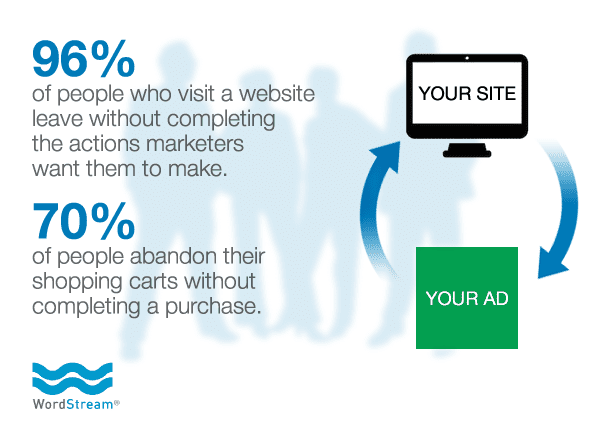
Segment your audience! Create different types of audiences, for people that have visited different pages on your website.
This segmentation helps in personalizing the message for a blog visitor versus a Google Ads visitor, etc.
Further, it helps in controlling bidding for audiences in different mindsets. Someone that visited a Google Ads landing page is more likely to convert and needs to be chased aggressively, as compared to a blog visitor.
With a good strategy and clear goals, an integrated SEO and PPC campaign will take you onwards and upwards towards SERP domination.
![]()

